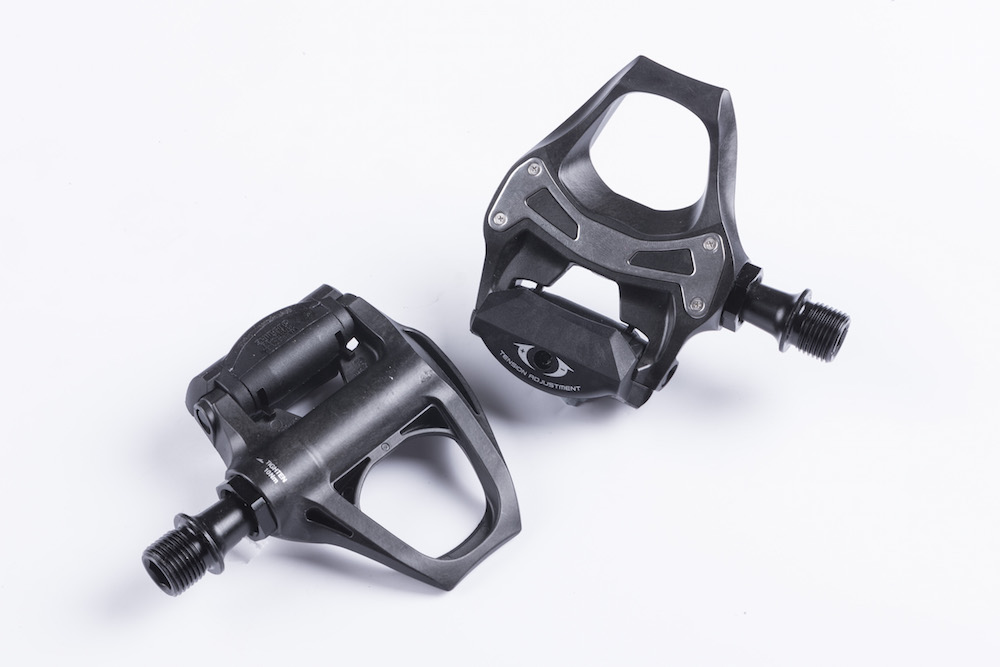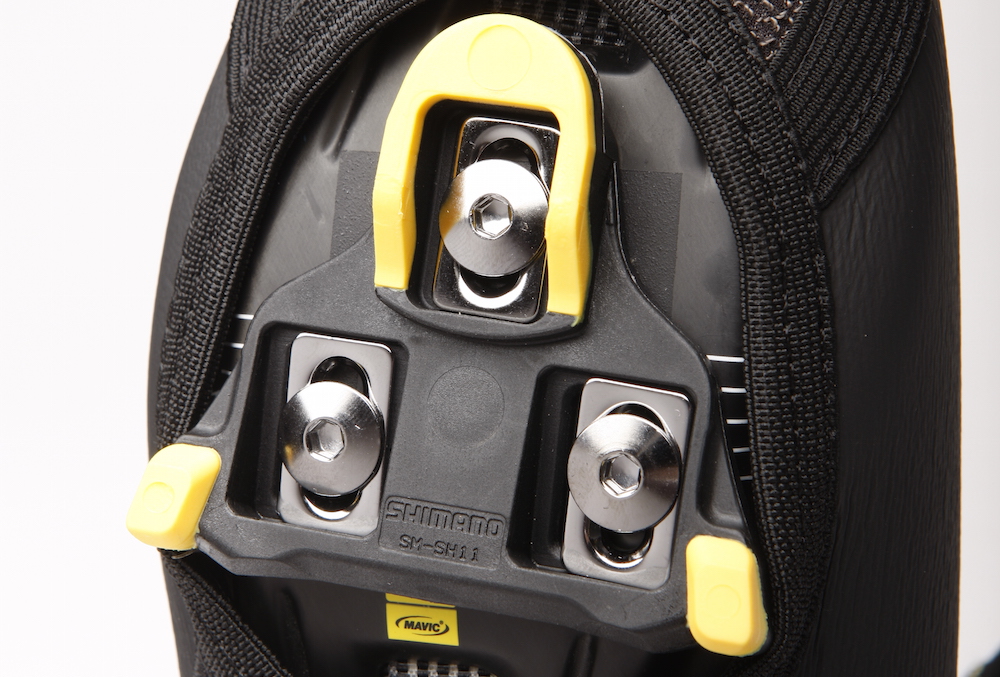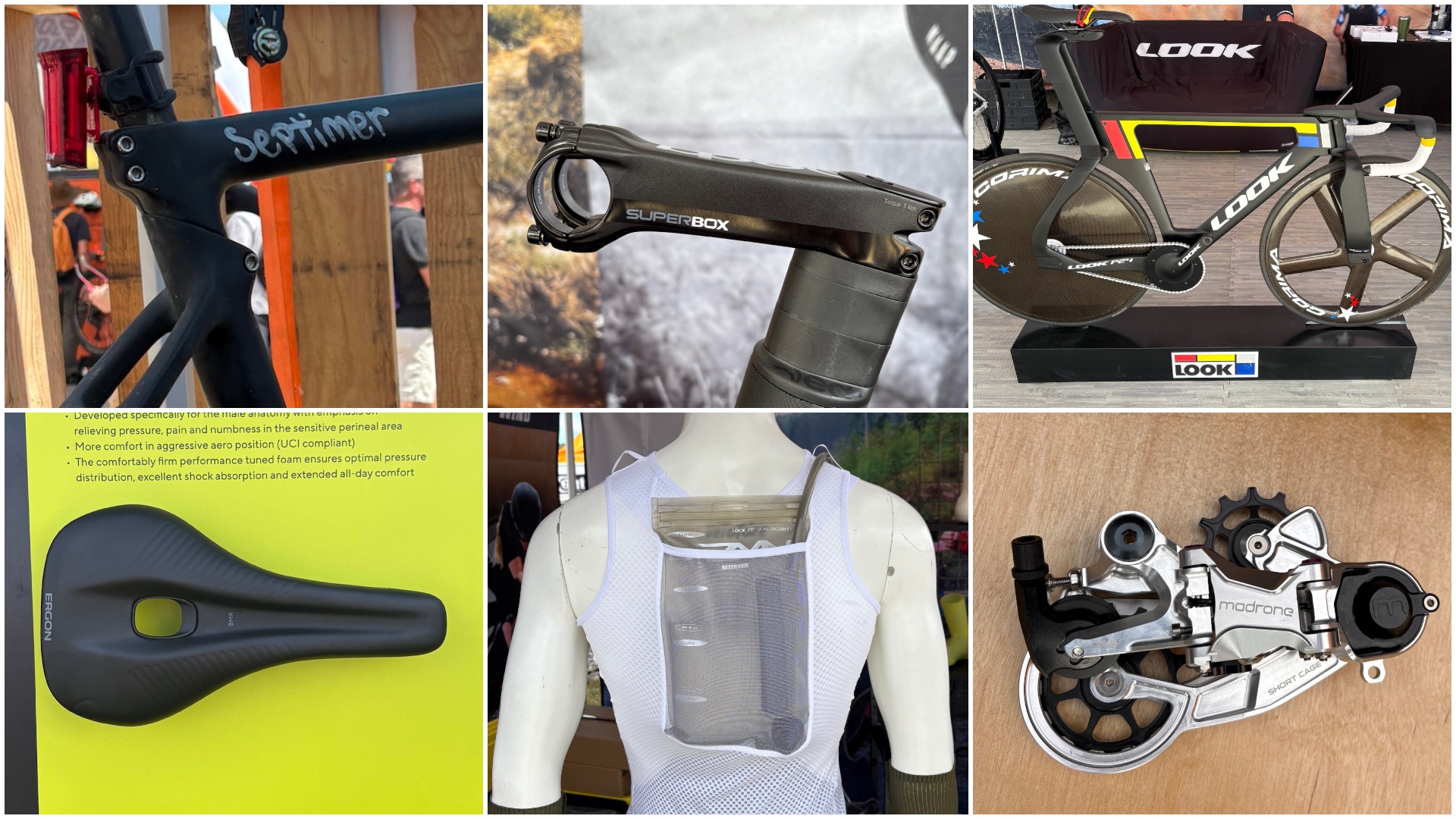Shimano 105 pedals review
Shimano 105 pedals are a quality entry point into Shimano’s clipless road pedal tech

The Shimano 105 pedals may be the workhorse of Shimano’s pedal range, but they benefit from a carbon composite body, like Shimano’s pricier options, and have excellent longevity. You get multiple float options and plenty of adjustability to release tension too.Shimano 105 pedals
-
+
Very durable
-
+
Excellent bearings
-
+
Adjustable release tension
-
+
Multiple float options
-
+
Low maintenance
- +
-
-
Quite expensive at full RRP
You can trust Cycling Weekly.

The PD-5800 model of the Shimano 105 pedals share many of the features of the more expensive Dura-Ace and Ultegra versions.
Although they’re third level down the Shimano road pedal hierarchy, the Shimano 105 pedals benefit from the brand’s trickle down from its higher end models. 105 pedals are more akin to older versions of Dura-Ace and Ultegra, as both have recently been upgraded slightly.
>>> Shimano grouspsets compared
Shimano switched to carbon composite pedal bodies for 105 some years ago, like Ultegra and Dura-Ace. There’s a wide stainless steel plate over the centre of the pedal body to cope with wear. Even after thousands of miles’ use, there’s little sign of wear.
Shimano uses the same engagement mechanism across its entire SPD-SL road pedal range. This consists of a front pedal section that engages with the front of your pedal cleat.
>>> How to cycle with clipless pedals
At the rear, there’s a sprung clip which engages with the rear of the cleat to hold it in place. The spring is totally enclosed, so it’s not prone to the weather. You just need to lubricate the pivot points occasionally.
Pushing down with your shoe engages the cleat in the pedal and twisting your shoe sideways releases it. Engagement tension is adjustable with an allen key, to suit your riding style. In practice, even on its lightest setting, your foot is unlikely to slip out accidentally.

If you’re new to clipless pedals, engagement and disengagement can be nerve-wracking. But flipping over the pedal when you start off and taking your foot out when you come to a halt will quickly become second nature.
The pedal system is designed so that you can have a small amount of side to side float for your shoe. How much you have is determined by the cleat selected. Shimano makes a yellow cleat with 6 degrees of float, a blue one with 2 degrees and a red one with no float. Which works for you will depend on your pedalling style.
Cyclists usually aim for a low stack height for their pedals, but Shimano sells spacers to fit between the shoe and the cleat to alter the spacing. These might be useful if you have one leg longer than the other.
Shimano’s cleats are not as prone to wear as some of its competitors’ models, like Look’s, so you can expect plenty of mileage out of a set, even if you walk a lot in your cycling shoes. You should replace them once the coloured parts are worn down or engagement becomes tricky though.
http://www.youtube.com/watch?v=e2BXOkM-wHs
Shimano cleats are wider than Look’s so they can seem a bit unwieldy on the bottom of flashy cycling shoes.
The Shimano 105 pedals come packaged with a set of yellow cleats. Replacement cleats are readily available. Shimano also sells cleat covers, to reduce cleat wear when walking and reduce the risk of slipping on smooth, hard or damp surfaces.
Shimano 105 pedals run on a steel spindle and cartridge bearings. You need an 8mm allen key to screw them on and off your cranks (the left pedal has a left handed thread). There are no facets to use a spanner.
>>> Watch: how to service your Shimano SPD-SL pedals
You can service your Shimano 105 pedal bearings yourself if you want. But even without maintenance, they’ll run smoothly for years, without developing play. Although the £110 list price of Shimano 105 pedals looks quite expensive, they’ll give you years of use and can usually be found selling at a substantial discount if you hunt around.

Thank you for reading 20 articles this month* Join now for unlimited access
Enjoy your first month for just £1 / $1 / €1
*Read 5 free articles per month without a subscription

Join now for unlimited access
Try first month for just £1 / $1 / €1
Get The Leadout Newsletter
The latest race content, interviews, features, reviews and expert buying guides, direct to your inbox!
Michelle Arthurs-Brennan the Editor of Cycling Weekly website. An NCTJ qualified traditional journalist by trade, Michelle began her career working for local newspapers. She's worked within the cycling industry since 2012, and joined the Cycling Weekly team in 2017, having previously been Editor at Total Women's Cycling. Prior to welcoming her first daughter in 2022, Michelle raced on the road, track, and in time trials, and still rides as much as she can - albeit a fair proportion indoors, for now.
Michelle is on maternity leave from April 2025 until spring 2026.
-
 The Sea Otter Classic: sights and sounds from the biggest bike gathering in North America - Part 1
The Sea Otter Classic: sights and sounds from the biggest bike gathering in North America - Part 1Odds and ends that run the gamut, from a $13,000 frameset to armoured kit and new hydro-vests
By Tyler Boucher Published
-
 The thing that bothers me most when I look back at old school training is that right now we’re doing something equivalently misguided
The thing that bothers me most when I look back at old school training is that right now we’re doing something equivalently misguidedOur columnist's old training diaries reveal old-school levels of lunacy
By Michael Hutchinson Published
-
 'This race is absolutely disgusting': Peloton reacts to another brutal Paris-Roubaix Femmes
'This race is absolutely disgusting': Peloton reacts to another brutal Paris-Roubaix FemmesNow in its fifth edition, Paris-Roubaix Femmes is still a tough race, even for the best bike riders in the world
By Adam Becket Published